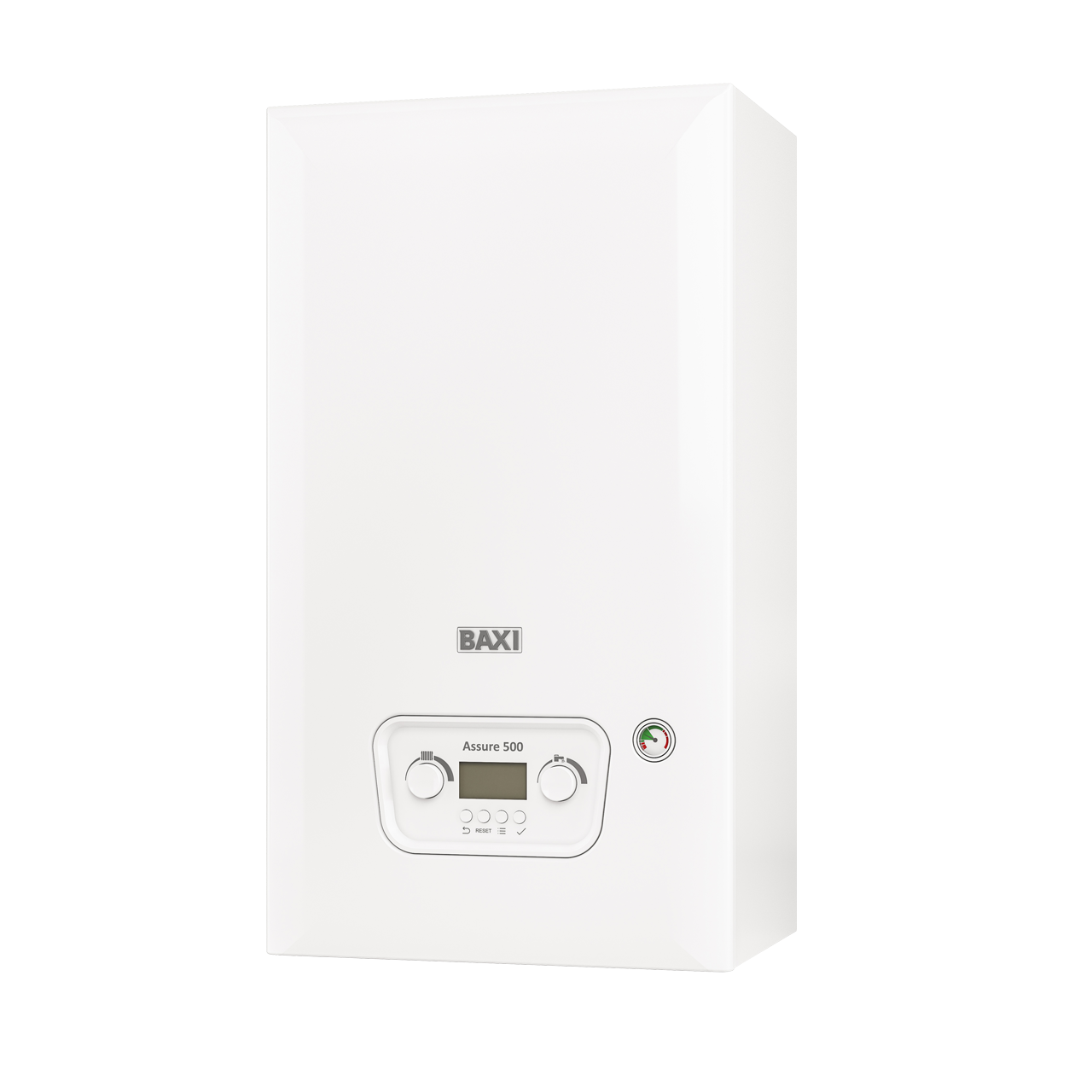Building Regulations for Boiler Installation
What's changing and how will it affect your work?
What's changing?
A revised version of Approved Document L (Part L) of the Building Regulations has been published which will take effect from 15 June 2022. With this revision there are a number of changes to guidance and requirements for boiler regulations covering both the new build and retrofit markets.
With regards to existing dwellings the main points are:
Complete New System Installations require:
- An appropriate heat loss calculation for the dwelling
- A system sizing methodology that takes account of the properties of the dwelling, such as the Chartered Institute of Plumbing and Heating Engineering’s Plumbing Engineering Services Design Guide
- The system should be designed to operate at a 55°C heating flow temperature
Boiler Swaps require:
- Where a combination boiler is used, the boiler type should be selected to modulate down to the typical heating load of the dwelling
Document BS 7593:2019 – Code of practice for the preparation, commissioning and maintenance of domestic central heating and cooling water systems – has been incorporated into Part L guidance, so what was best practice advice will become a requirement.
What does this mean for installers?
As well as cleansing and flushing the system when installing a new boiler to remove debris and sludge and then treating the water with inhibitors, an in-line filter must be installed in the circuit to capture particles and prevent them from entering the boiler.
Sludge and debris in the system is a major cause of boiler breakdowns. By installing a filter to prevent the build-up of sludge, heating systems will be more energy efficient and reliable, leading to lower fuel bills, reduced breakdowns and lower carbon emissions.
For more information please read the Approved Document L.
Please note: This applies to England only.
Baxi Legislation
We have put together information and advice to help explain the latest industry issues and legislation.
Baxi Works
A simpler and more rewarding experience for installers, all in one place.




